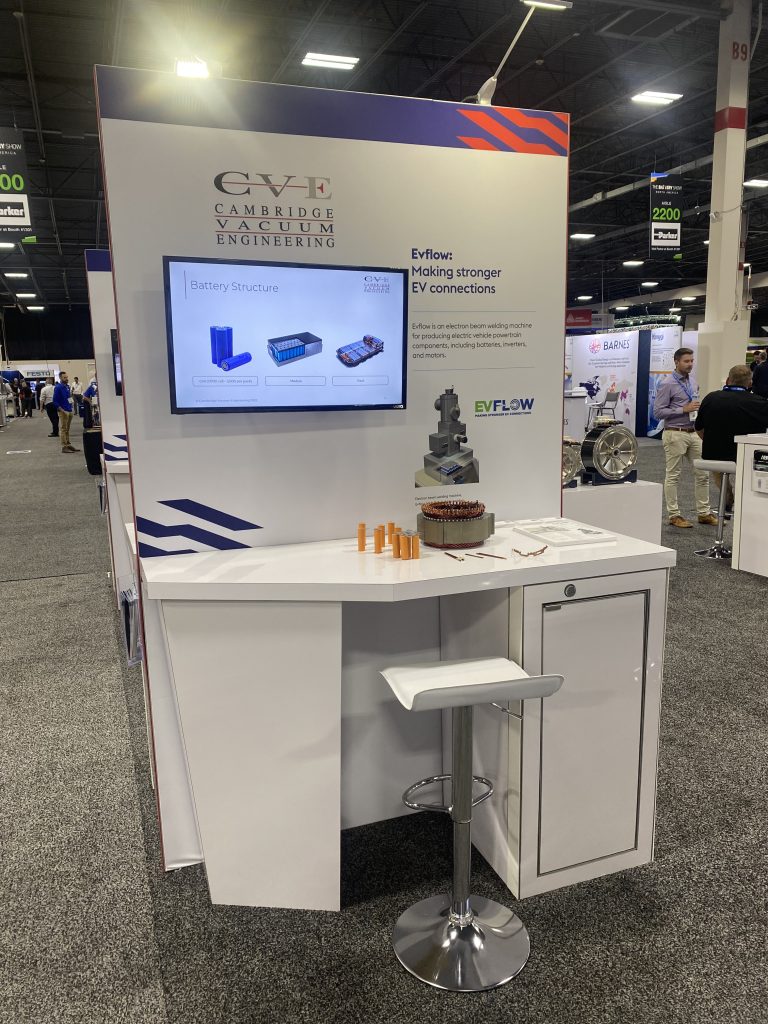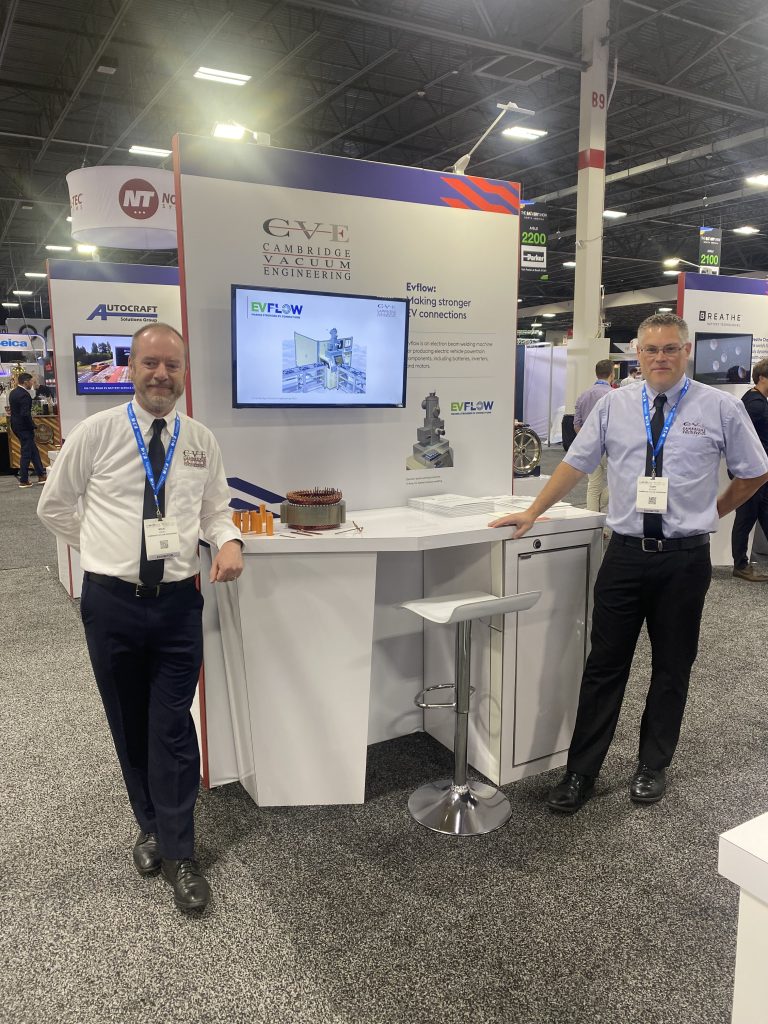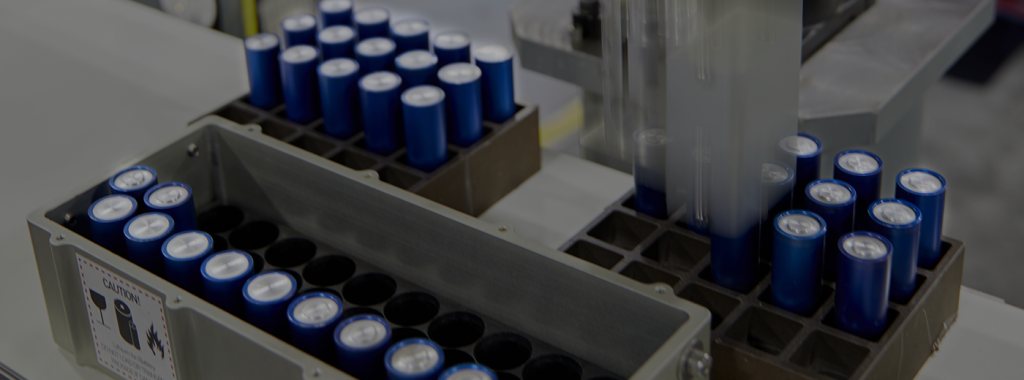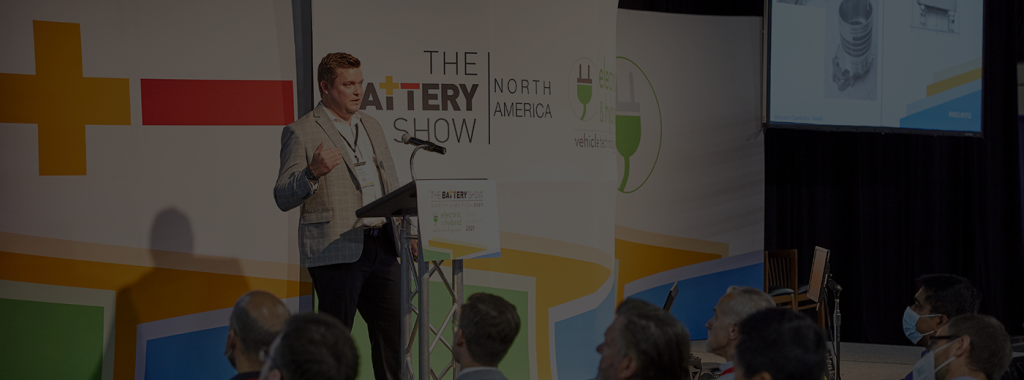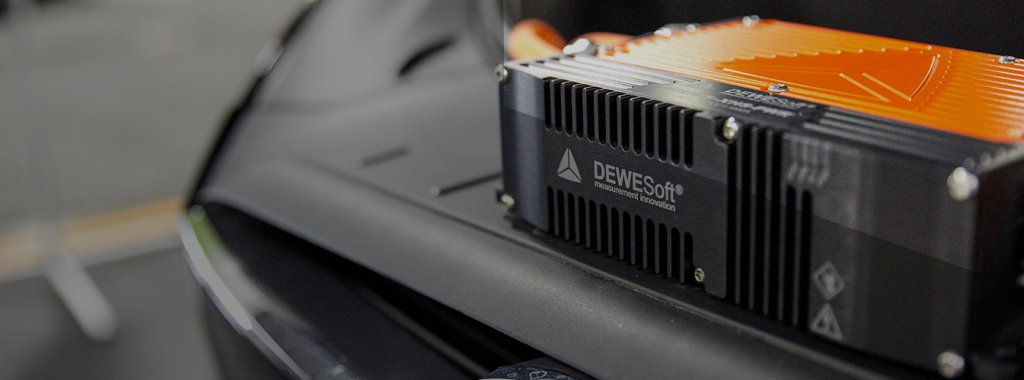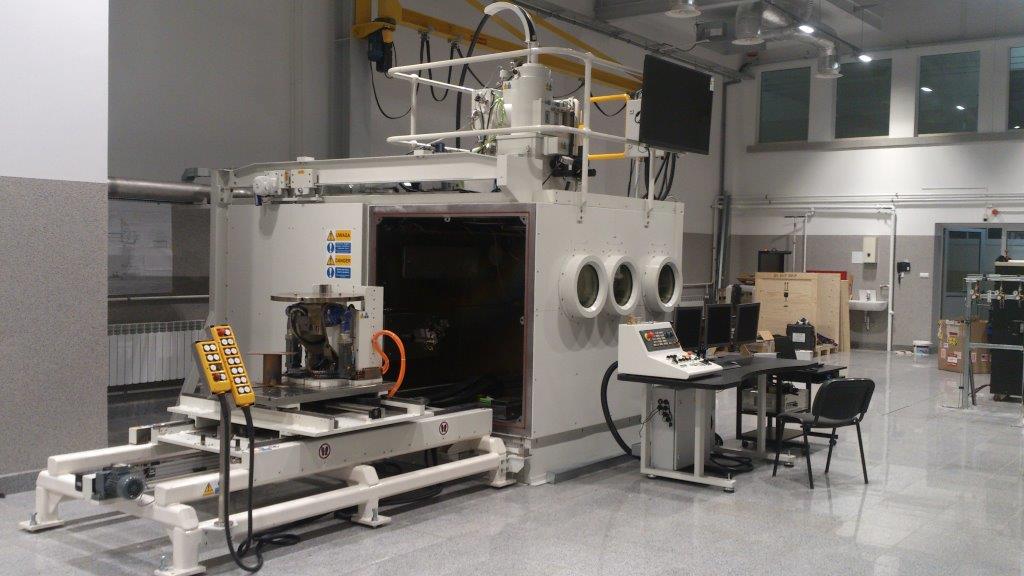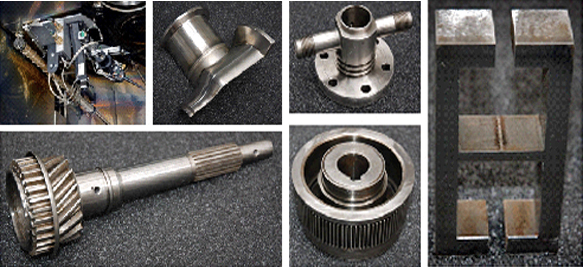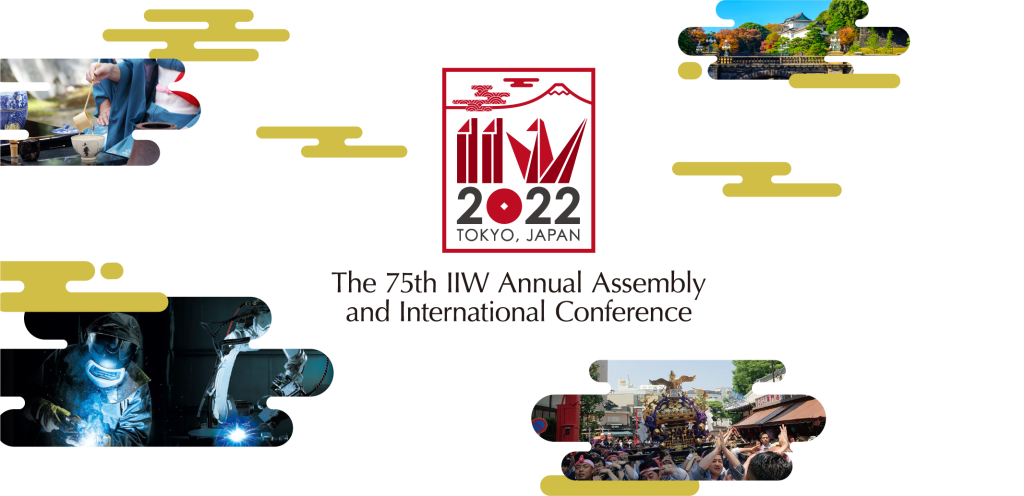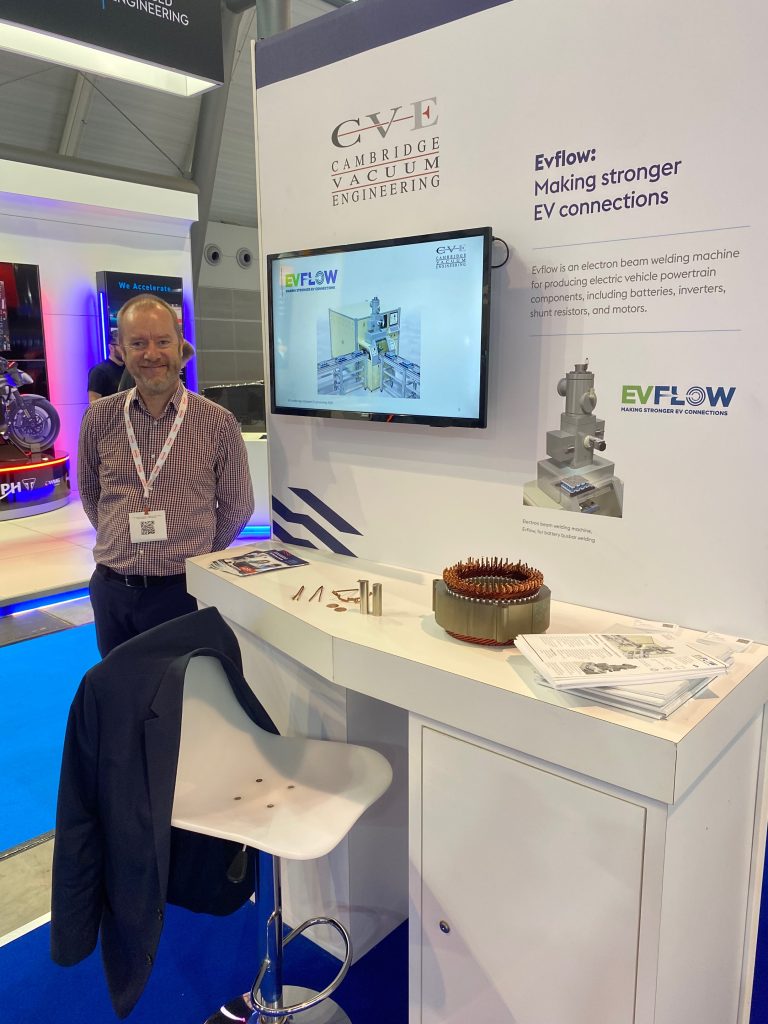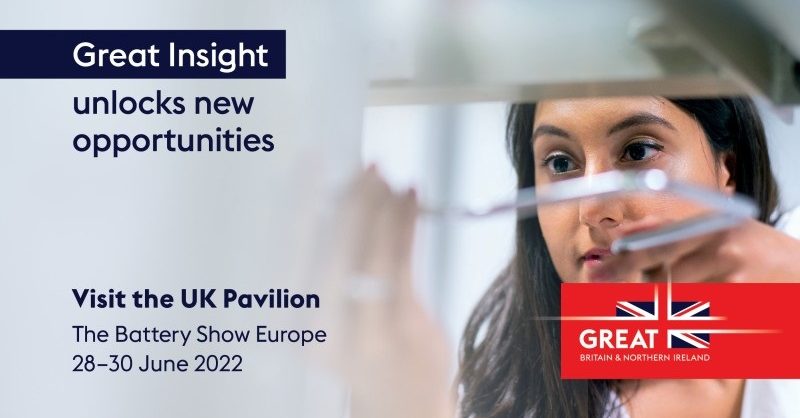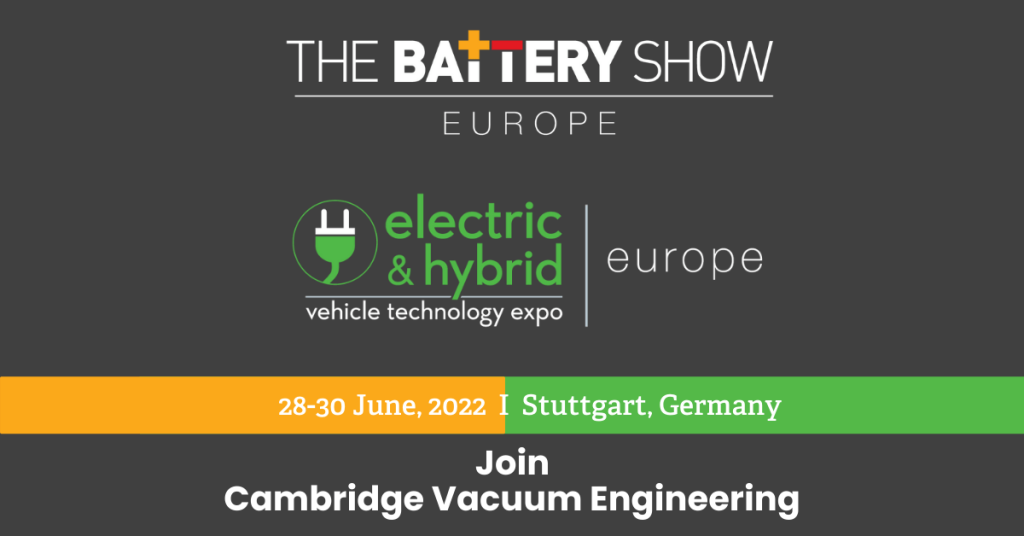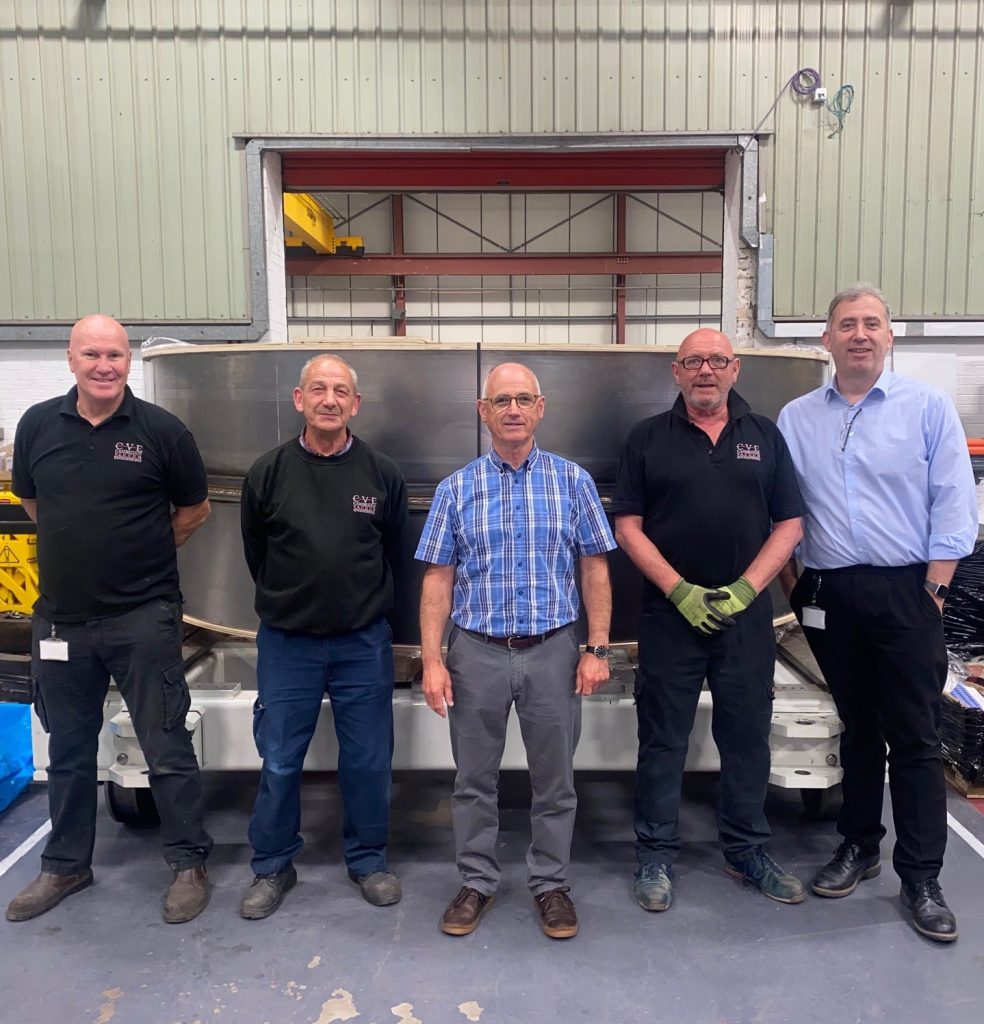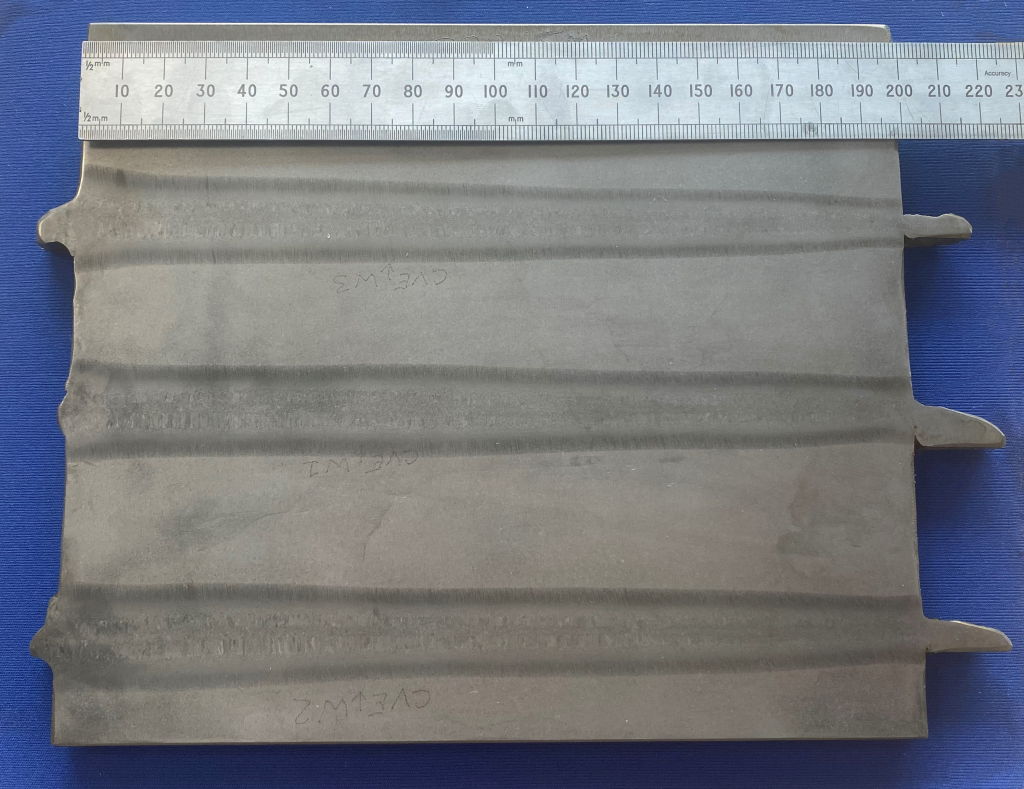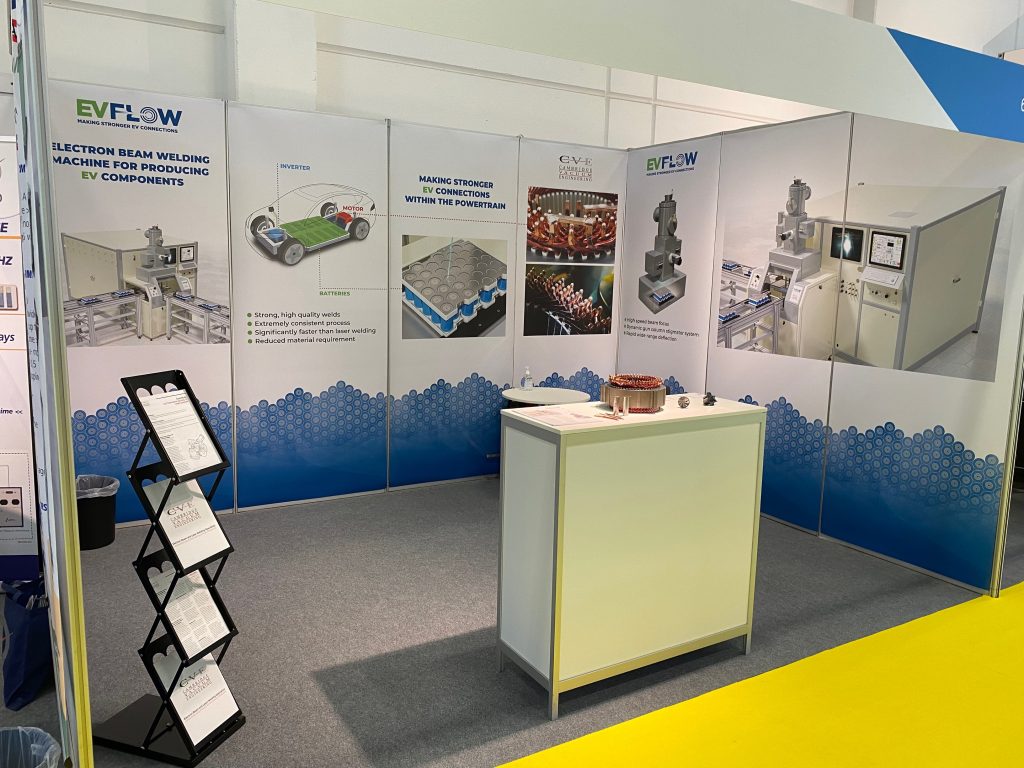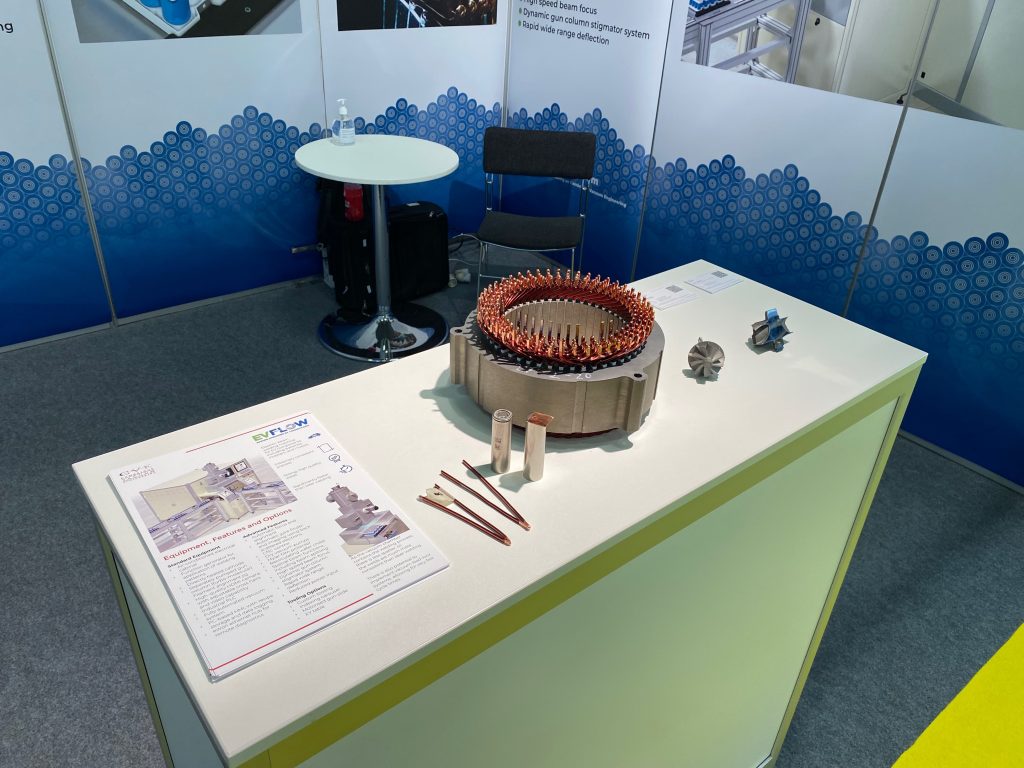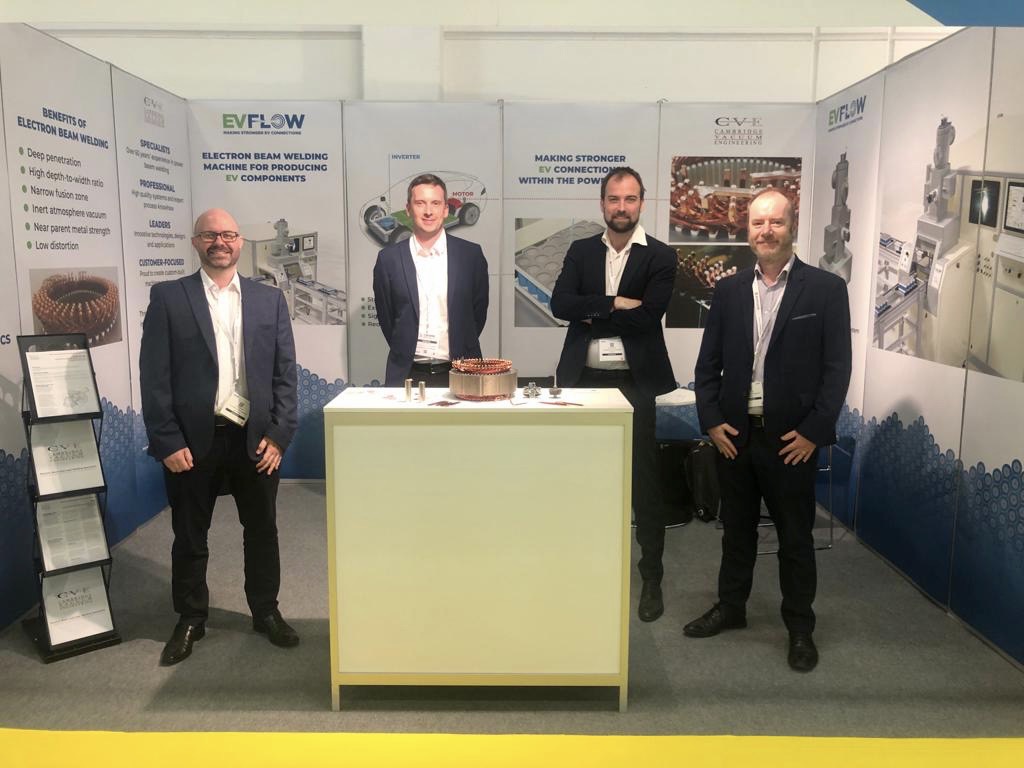75th International Institute of Welding Assembly
Innovative Welding and Joining Technologies
CVE attended the 75th International Institute of Welding (IIW) Annual Assembly and Conference, 17th-22nd July 2022, in Tokyo, Japan.
The Japan Institute of Welding, The Japan Welding Society, and The Japan Welding Engineering Society hosted the event, with support from the Tokyo Convention and Visitors Bureau.
The theme was innovative welding and joining technologies to achieve carbon neutrality and promote sustainable development.
The conference covered a range of other topics, including:
- Additive manufacturing technology and efficient engineering
- Artificial intelligence (AI) and digital transformation (DX)
- Hydrogen (including fuel ammonia), renewable and nuclear energy, electrification
- New materials
- Future technologies
- Other fundamentals
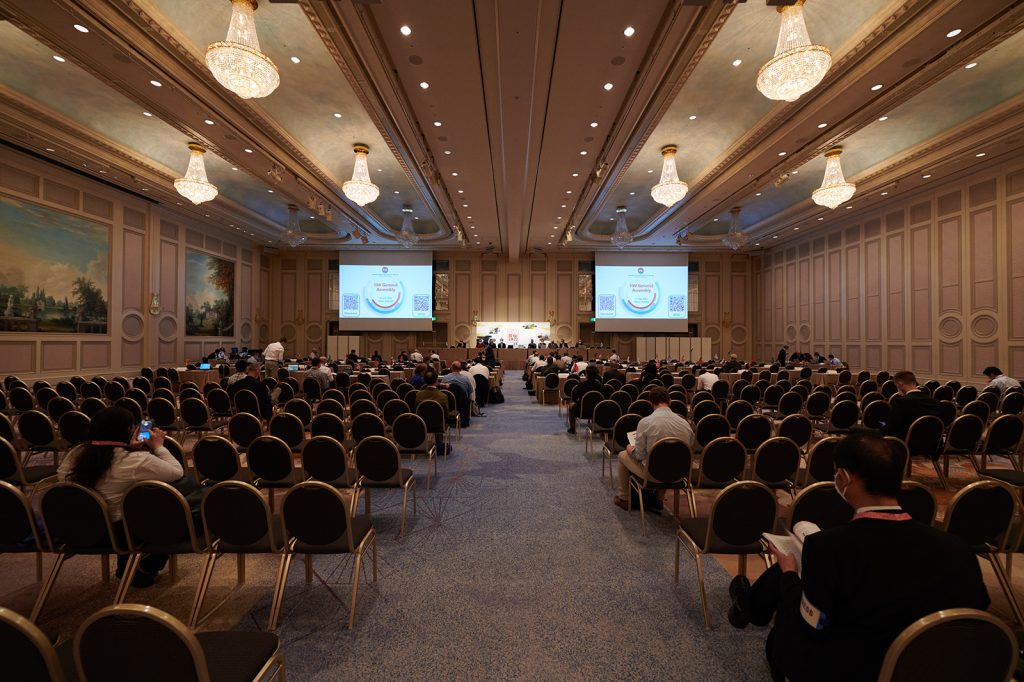
The IIW opening ceremony.
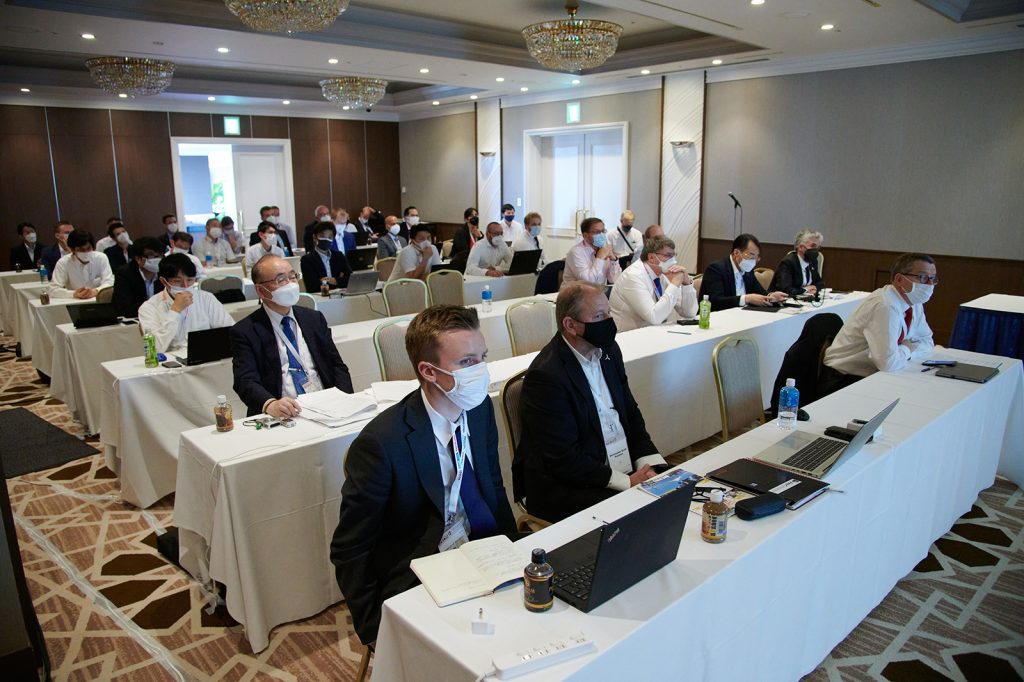
Max Nentwich (front left) and Chris Punshon (front middle) attending an IIW presentation.
Presentations
CVE colleagues Chris Punshon, Head of New Energy Applications, Alex O’Farrell, Development Engineering Manager, and Max Nentwich, Head Laser Development Engineer, presented papers at the conference, with topics spanning local vacuum power beam welding, copper welding for electric vehicles, and laser welding in a vacuum.
The details of the papers are as follows:
- Doc.IV-1507-2022 Local Vacuum Electron Beam and Laser Solutions in New Energy Applications – New Developments and Regulatory Position, Chris Punshon, et al.
- Doc.IV-1506-2022 Removing The Bottleneck In Welding Of Electrical Conductors for Electric Vehicles, Alex O’Farrell, et al.
- Doc.IV-1508-2022 Interaction of Protective Gas with Process Emissions in Vacuum Laser Welding, Max Nentwich, et al.
Local Vacuum Power Beam Welding
Chris is the UK delegate for IIW Commission IV (Power Beam Processes) and acted as a session chair for Commission IV. He also presented on local vacuum electron beam welding.
His paper was titled the Local Vacuum Electron Beam and Laser Solutions in New Energy Applications – New Developments and Regulatory Position.
This follows a series of development projects using CVE’s local vacuum technology, Ebflow, including welding of 200mm thick steel, pressure vessel manufacture, pilot at Dogger Bank wind farm, and wind tower manufacturing.
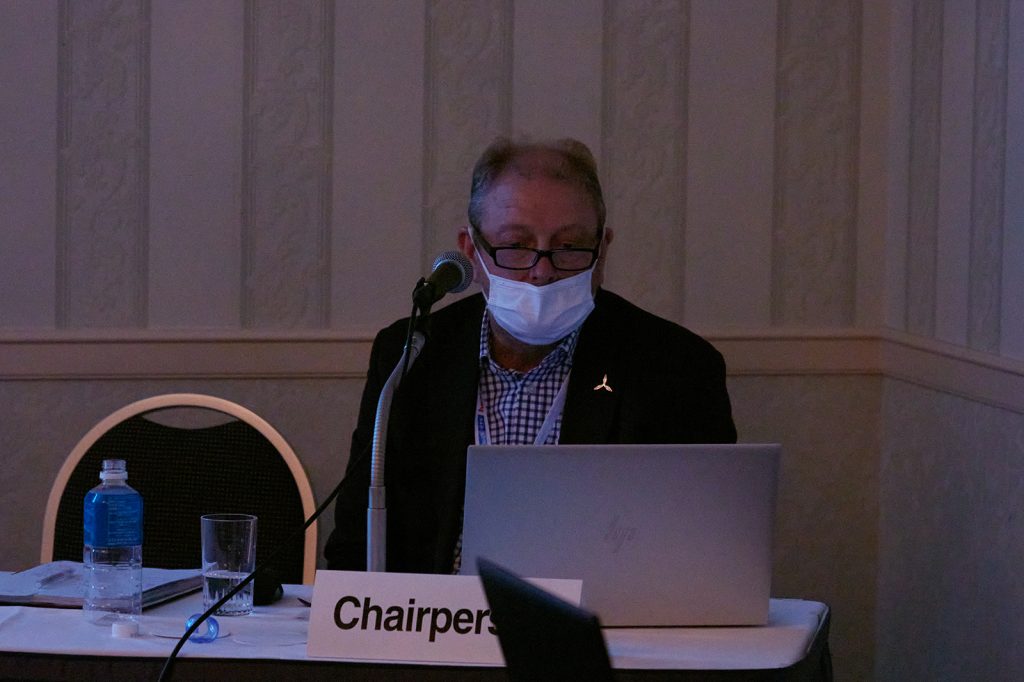
Chris Punshon was a session chair for Commission IV (Power Beam Processes).

Interaction of Protective Gas with Process Emissions in Vacuum Laser Welding
Max Nentwich, working as part of a knowledge transfer partnership (KTP) between Cambridge Vacuum Engineering and Cranfield University, presented a paper on the Interaction of Protective Gas with Process Emissions in Vacuum Laser Welding.

Max Nentwich presented on laser welding in vacuum.
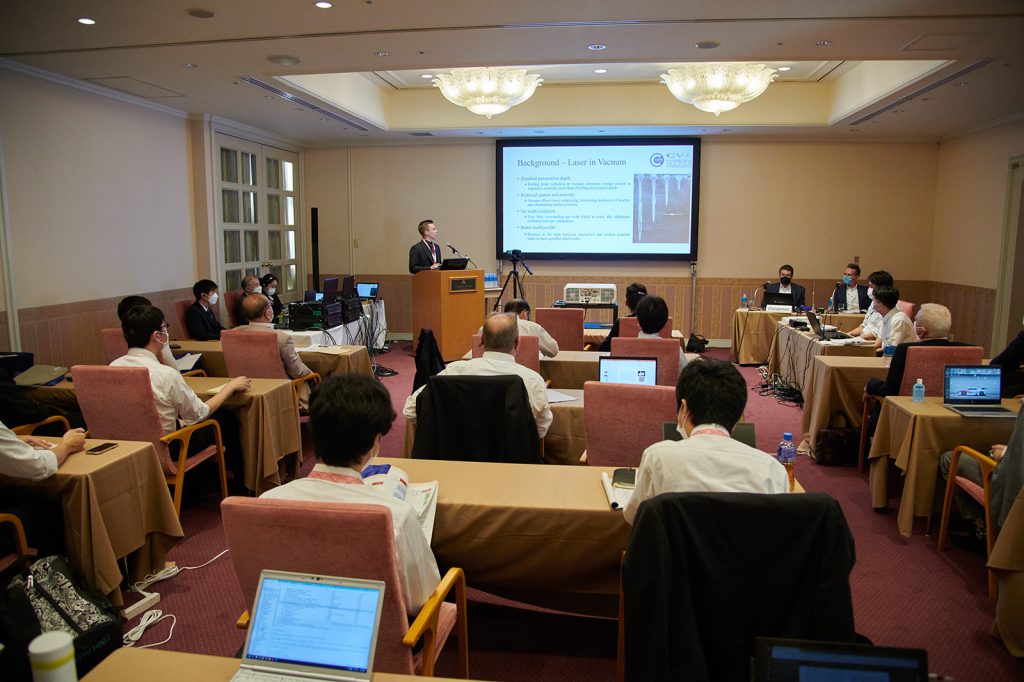
Welding Electrical Conductors for Electric Vehicles
Alex’s paper, titled Removing the Bottleneck in Welding of Electrical Conductors for Electric Vehicles, focused on how the industry can increase the rate of joining electrically conducting components and the criticality of this to improving electric vehicle manufacturing.
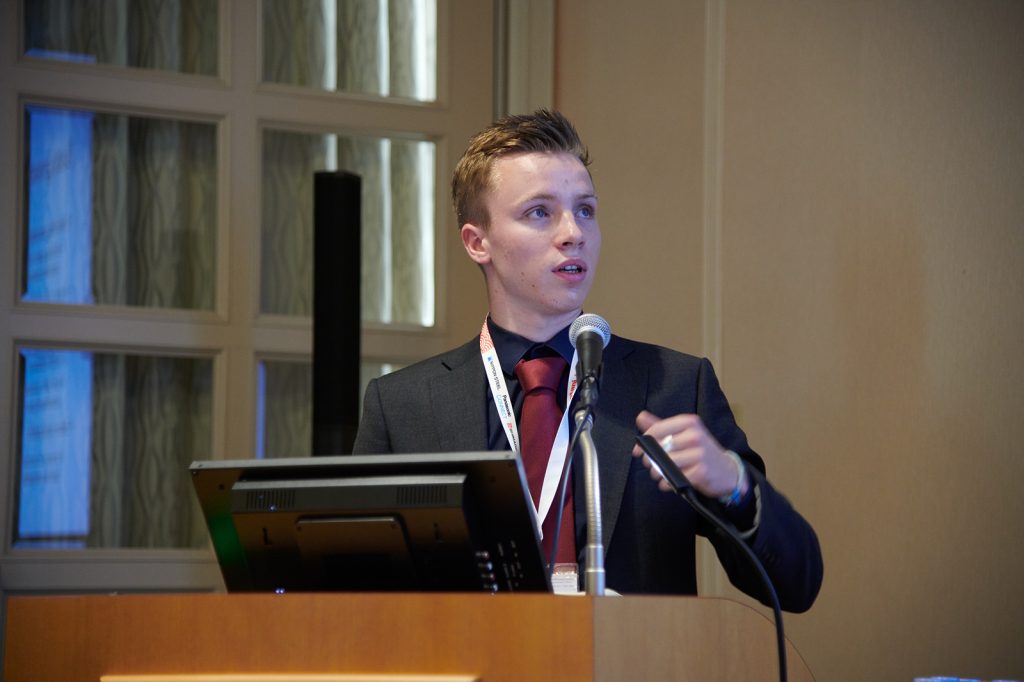
Max Nentwich presented on behalf of Alex O’Farrell.
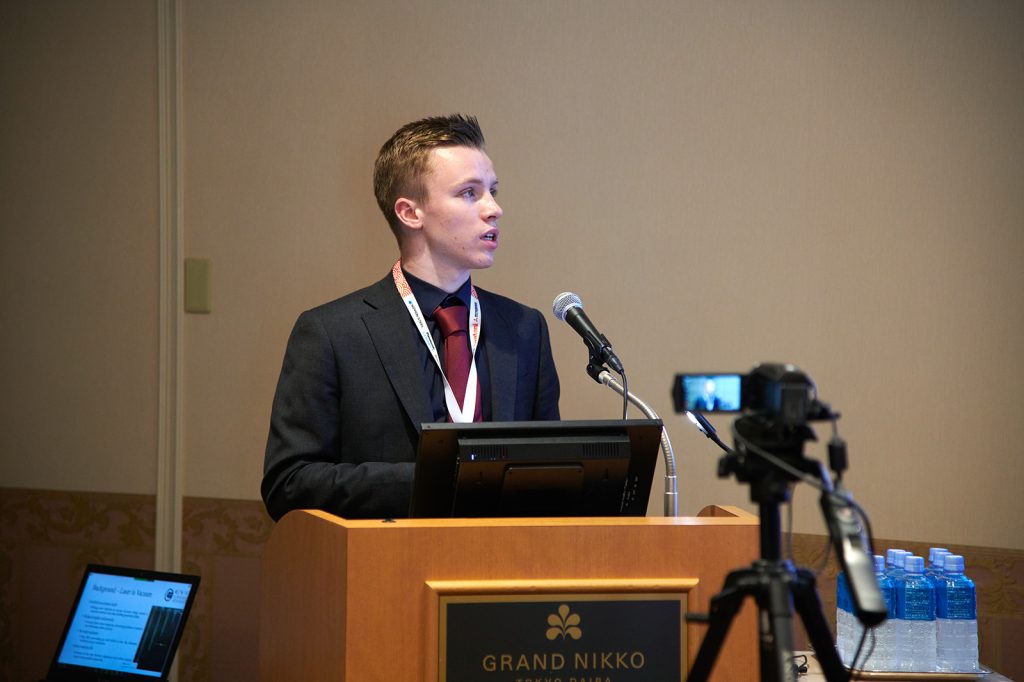
Further Information
The CVE team then attended the adjacently-running Japan International Welding Show at Tokyo International Exhibition Centre.
If you are interested in the above topics, please get in touch by emailing sales@camvaceng.com.
